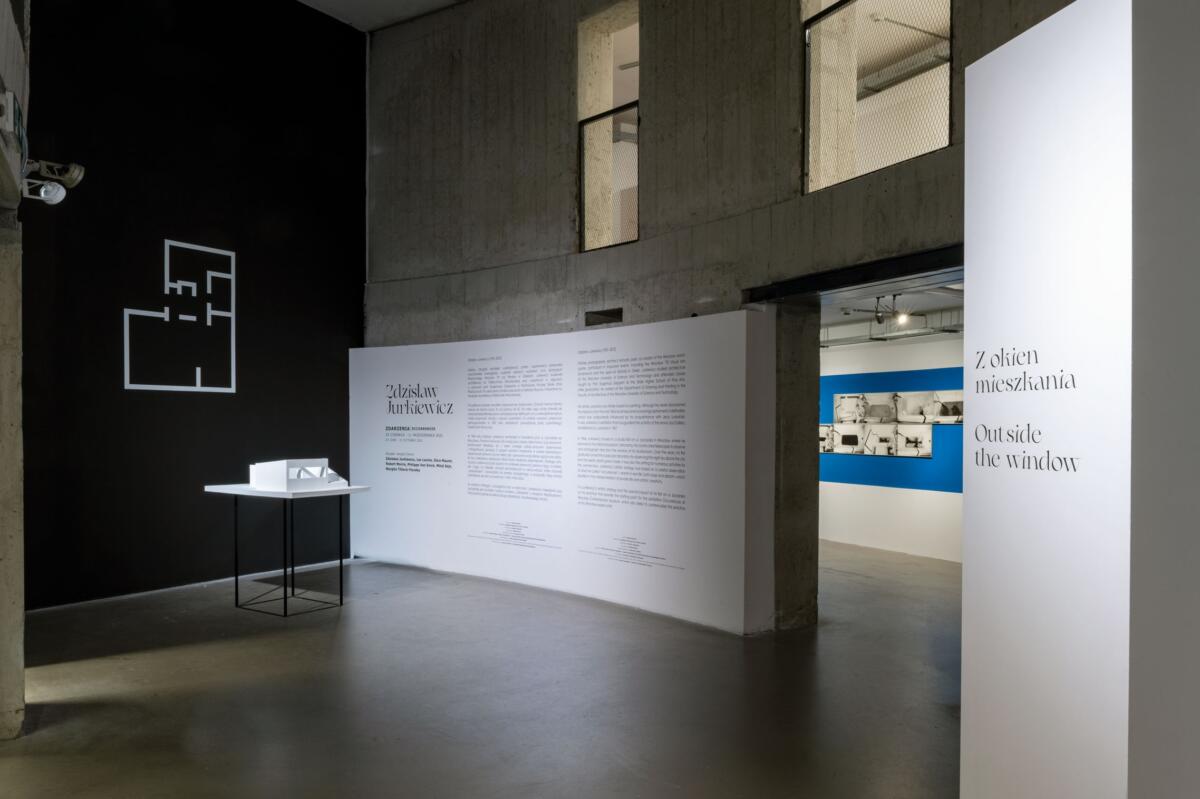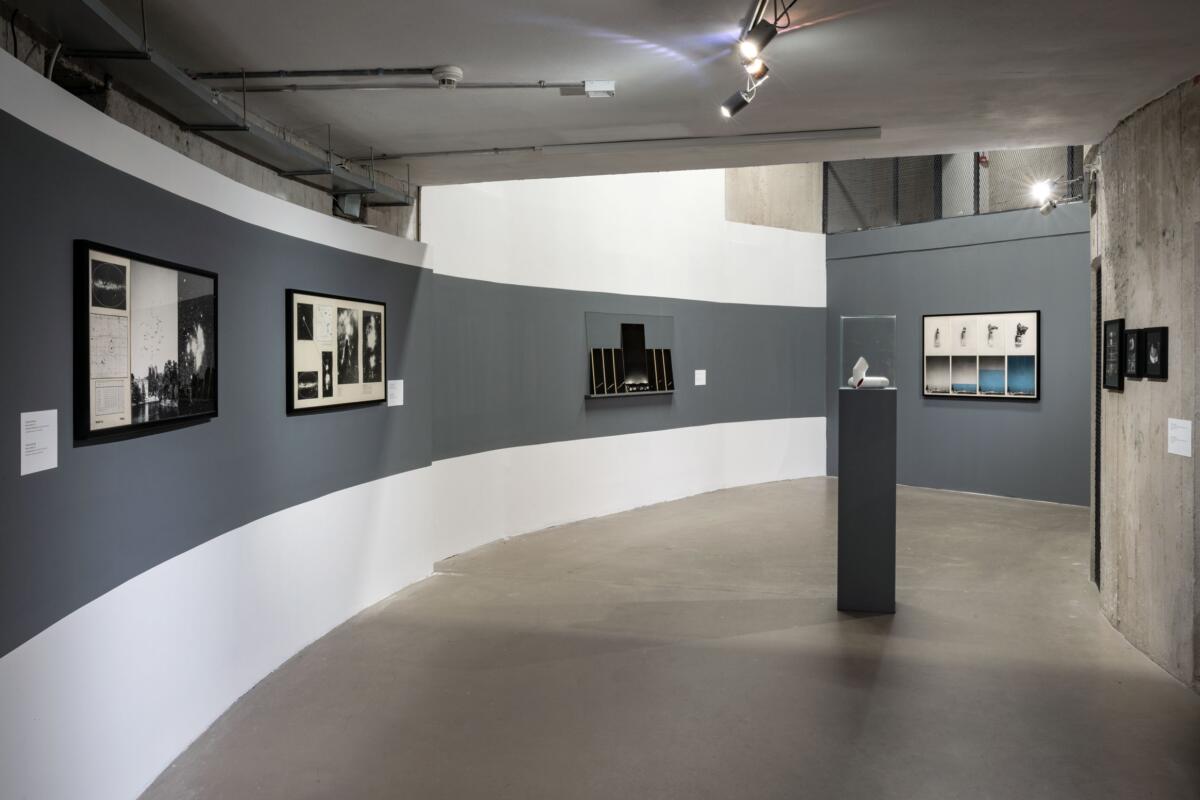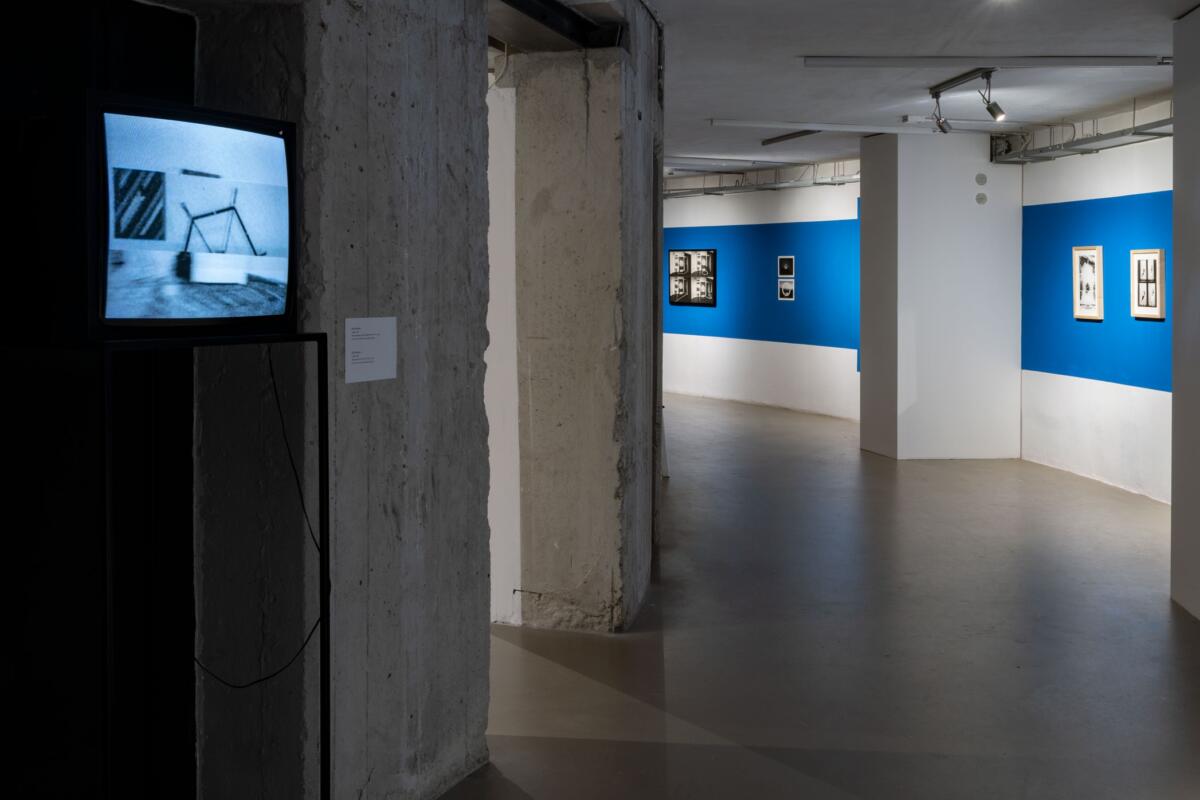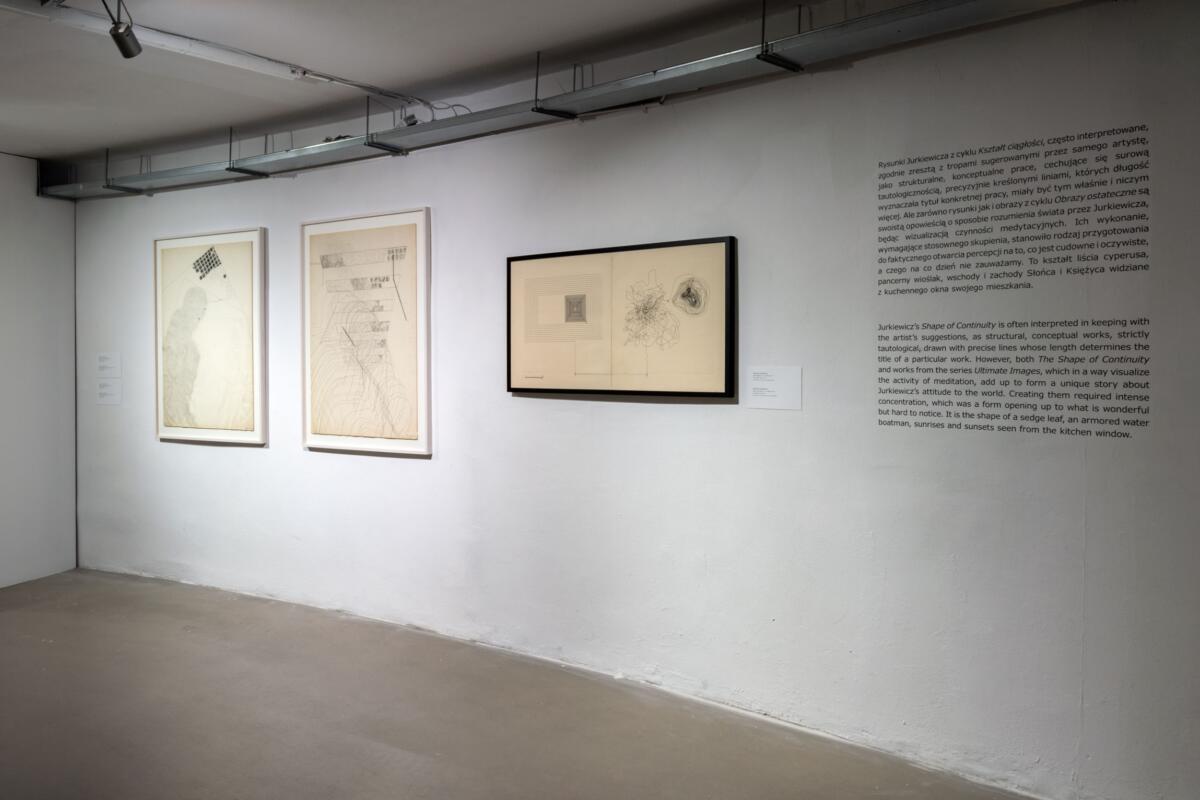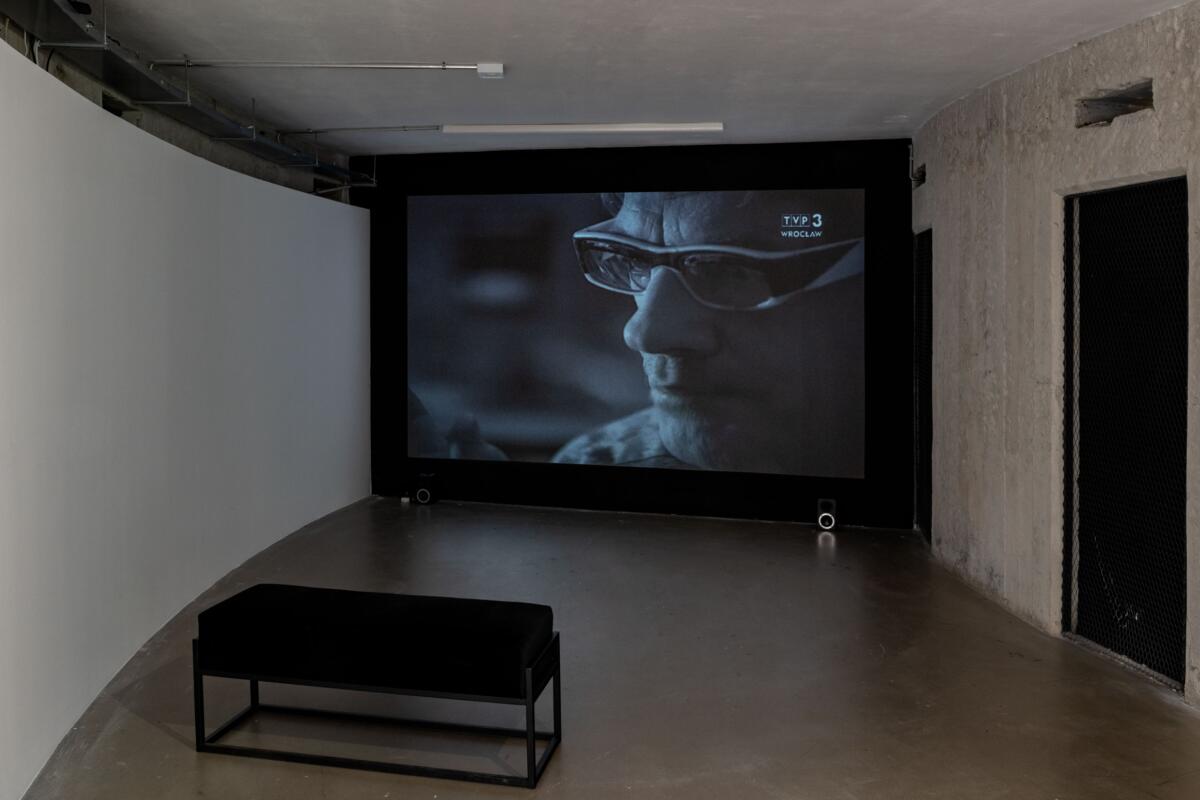[EN/PL] ‘Zdzisław Jurkiewicz. Occurrences’ at Wrocław Contemporary Museum
![[EN/PL] ‘Zdzisław Jurkiewicz. Occurrences’ at Wrocław Contemporary Museum](https://blokmagazine.com/wp-content/uploads/2021/08/04-1200x800.jpg)
[EN]
Marika Kuźmicz
Things we do at home
In 1964 Zdzisław Jurkiewicz moved to a small flat in Łaciarska Street in Wrocław, which would become the figure connecting the various aspects of his artistic work, and more – a point of intersection of all the numerous matters and issues that he found interesting. It was there that all the works featured at the exhibition at Wrocław Contemporary Museum were created: objects, paintings, photographs, but the role and function of the flat far exceeded the traditionally understood art studio; it was not about genius loci either. In the 1970s, the flat became a kind of lab-capsule and a botanical garden in one. Jurkiewicz conducted astronomical observations from the window of his room. At the same time, he set a kind of “trap” for the Sun in his kitchen and created a photographic record of it. This is how the work The Sun 1.VII.1972 (1972) was made – a sequence of black-and-white photographs shows the solar disk moving across the kitchen wall amidst ordinary objects, dishes, chives in a jar. It is one of Jurkiewicz’s seminal works and a key element of the Occurrences exhibition, which perfectly illustrates his ability to combine what is distant and unattainable with that which is close, mundane, ordinary.
The existential and artistic strategy adopted by Jurkiewicz over 50 years ago – based on micro- and macro-observations of all manifestations of everyday reality made from the space of his flat – resonates in a special way with the global situation in which we have all ended up due to the pandemic that started in early 2020 and still continues. We have been living in “lockdown” for over a year. The time of leisure travel, when we could visit another continent after a few hours’ flight, is over. The horizon has unexpectedly shrunk to little more than the view from the window; at best, when the number of active cases has declined enough, we are allowed to explore allotments, suburban waste land and forests.
Jurkiewicz did not postulate the equation of artistic activities with everyday actions. In his case, the process of transposing sensory experiences into the realm of art, transforming them into the domain of thought, was characterised by a certain “elitism” reserved for artists. At the same time, however, his attitude – based on connecting private life and creative work through openness to reality, careful contemplation of the world, curiosity and the desire to know more about it, which can be satisfied here and now, without having to travel to another continent or planet – remains extremely timely and egalitarian. The exhibition additionally juxtaposes this contemplative aspect of Jurkiewicz’s practice with selected works by artists such as Les Levine, Dóra Maurer, Robert Morris, Philippe Van Snick, Miloš Šejn or Margita Titlova-Ylovsky, which were also created on the basis of careful observation of everyday life.




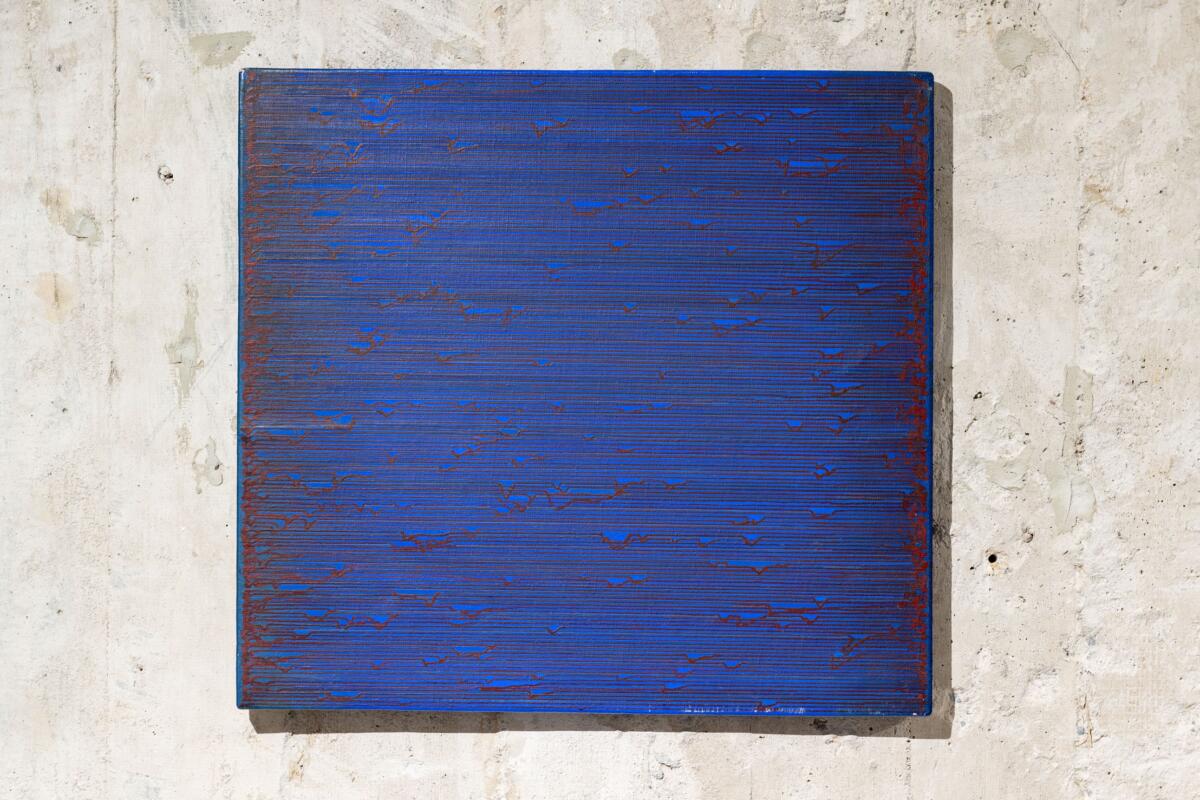
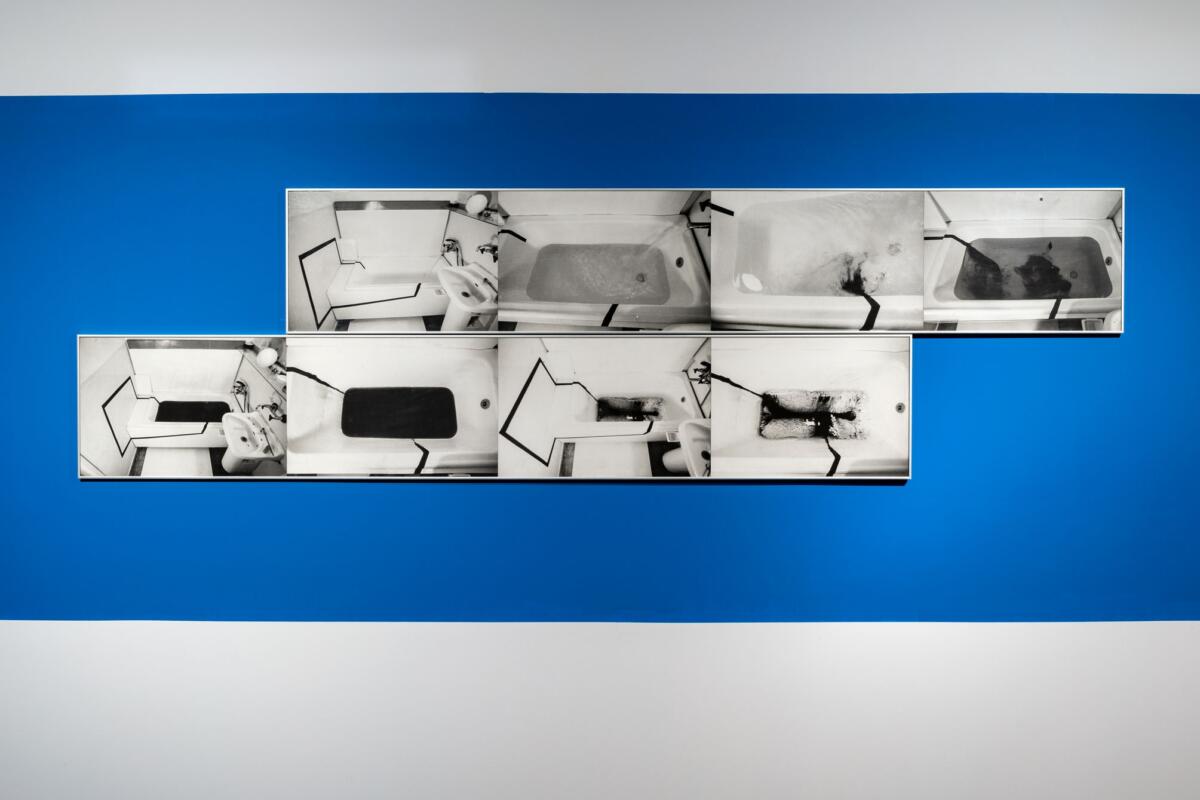
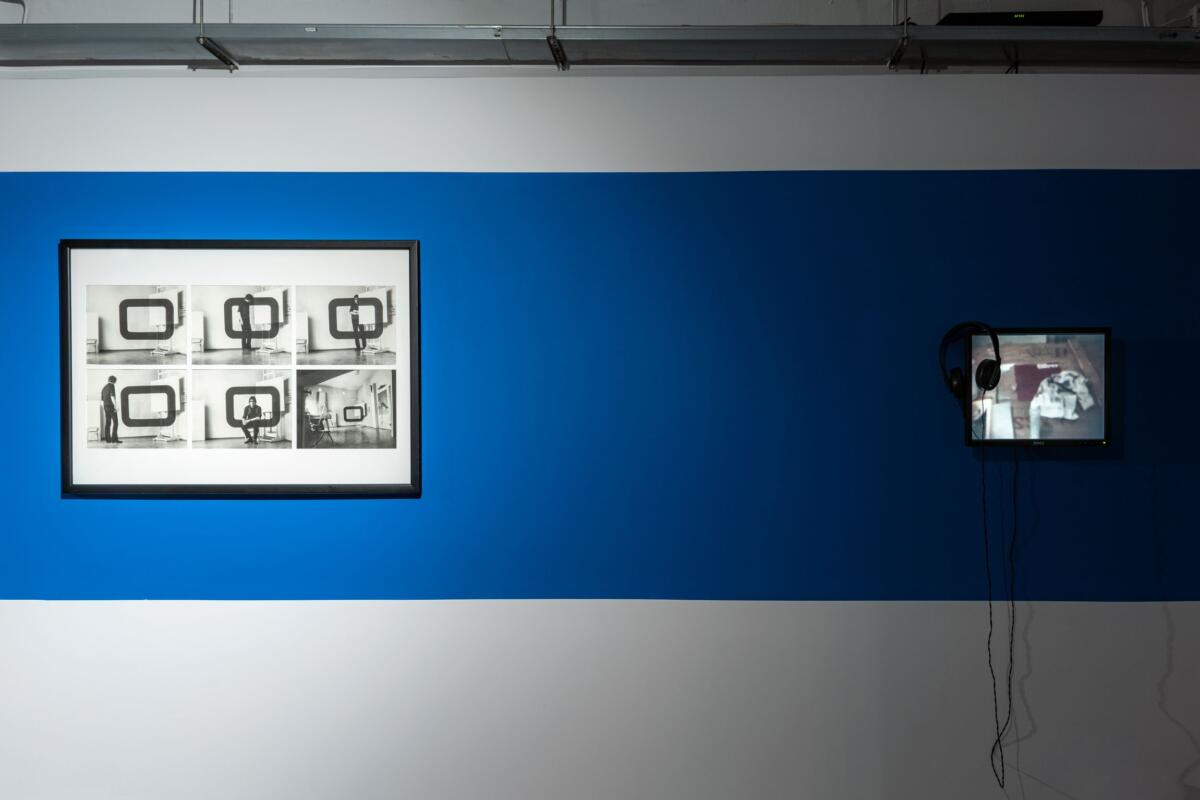
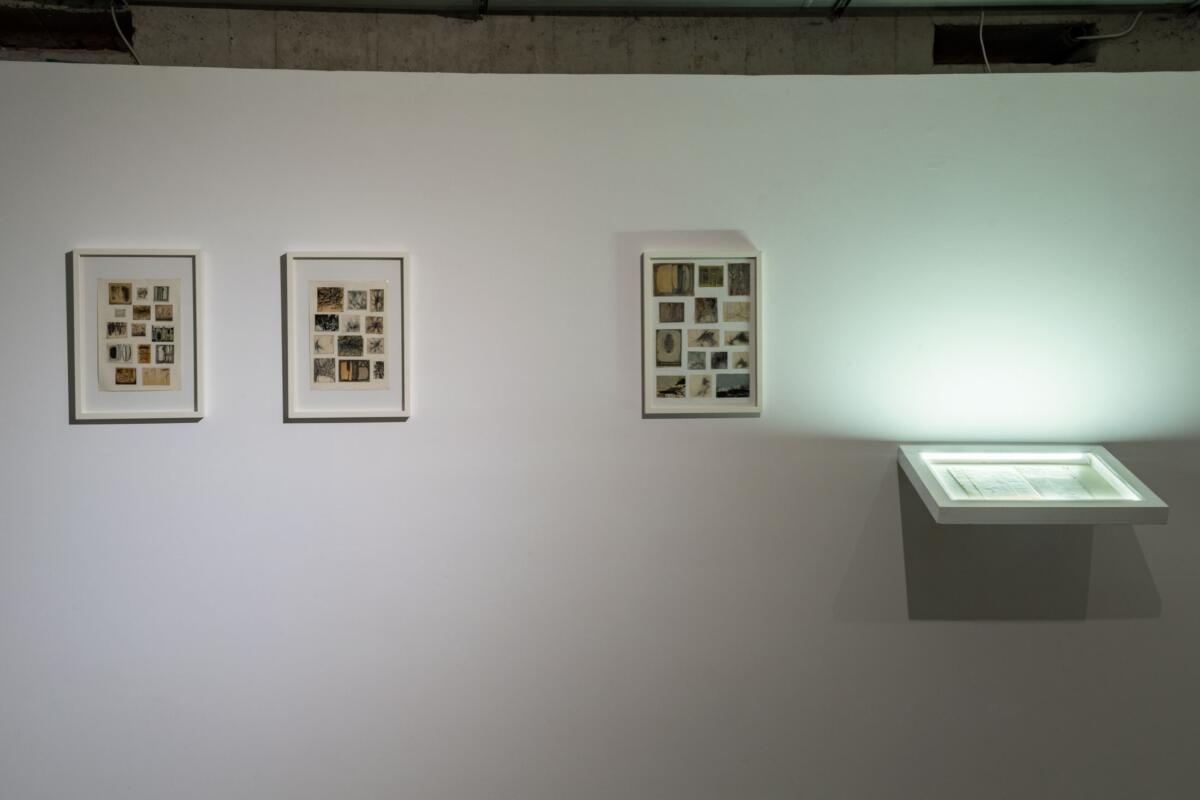
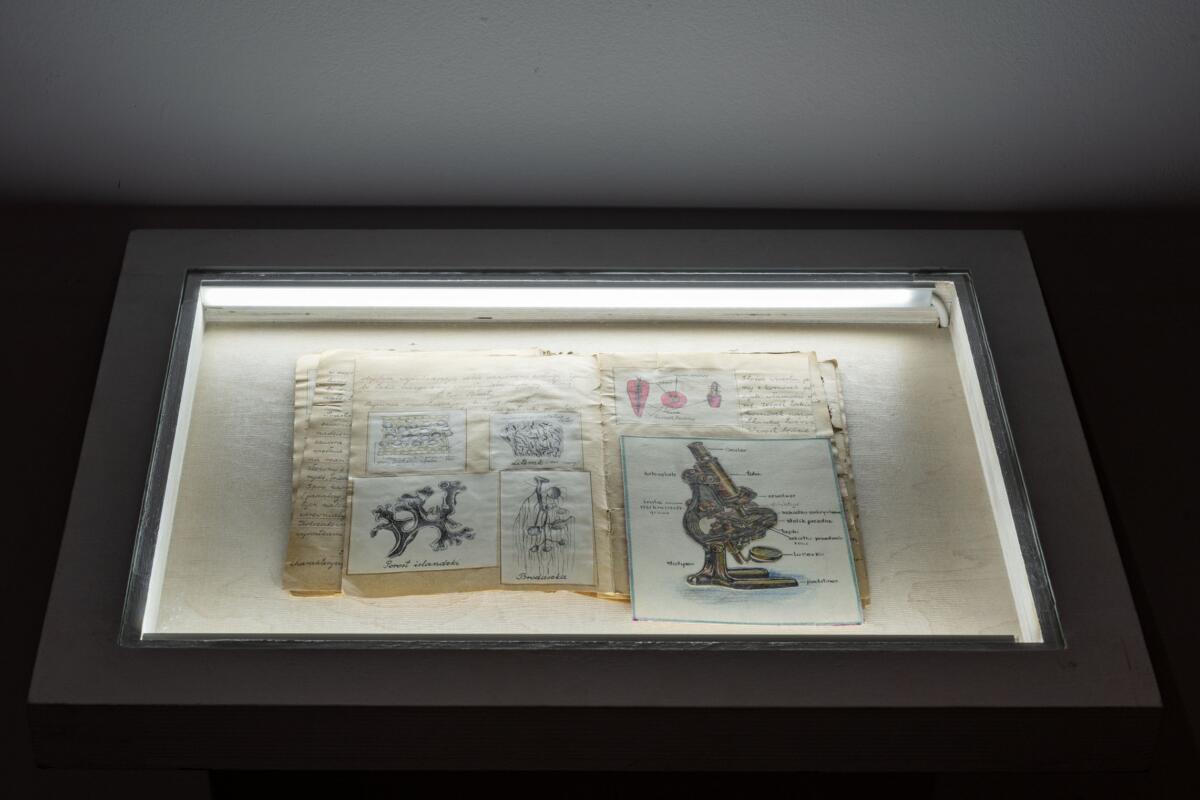
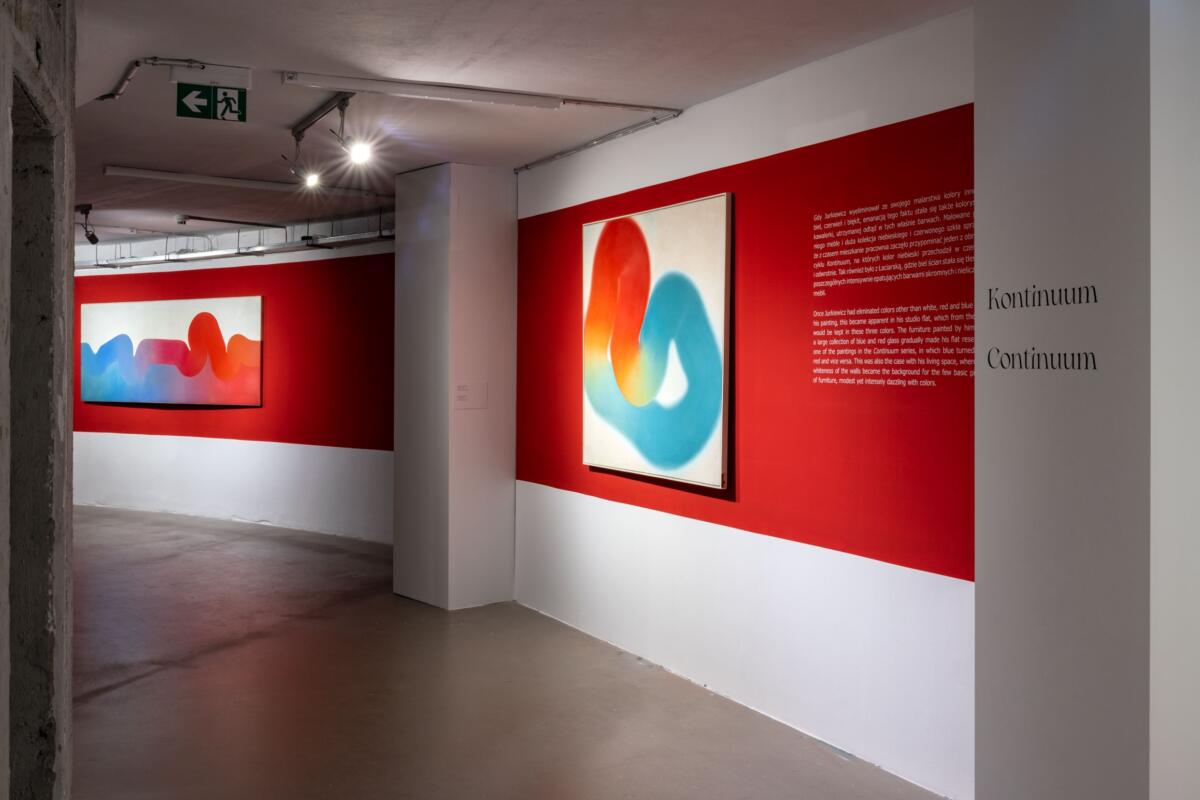
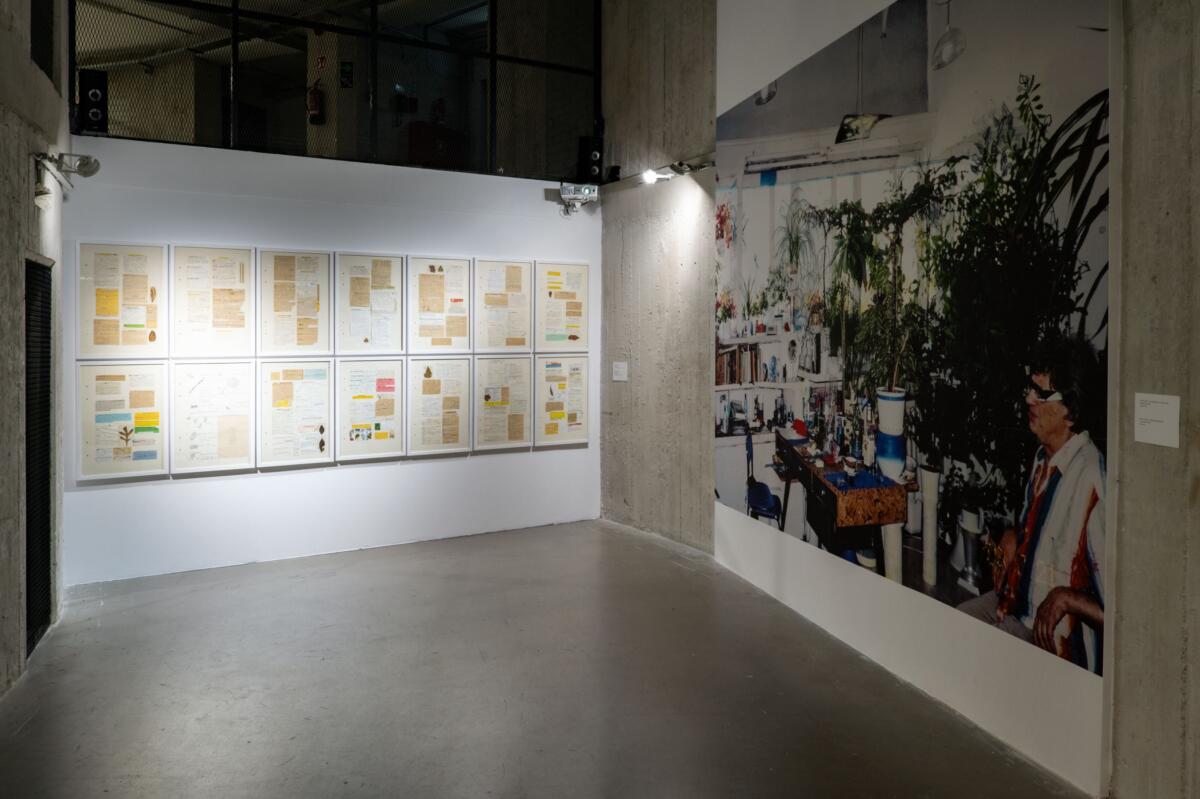
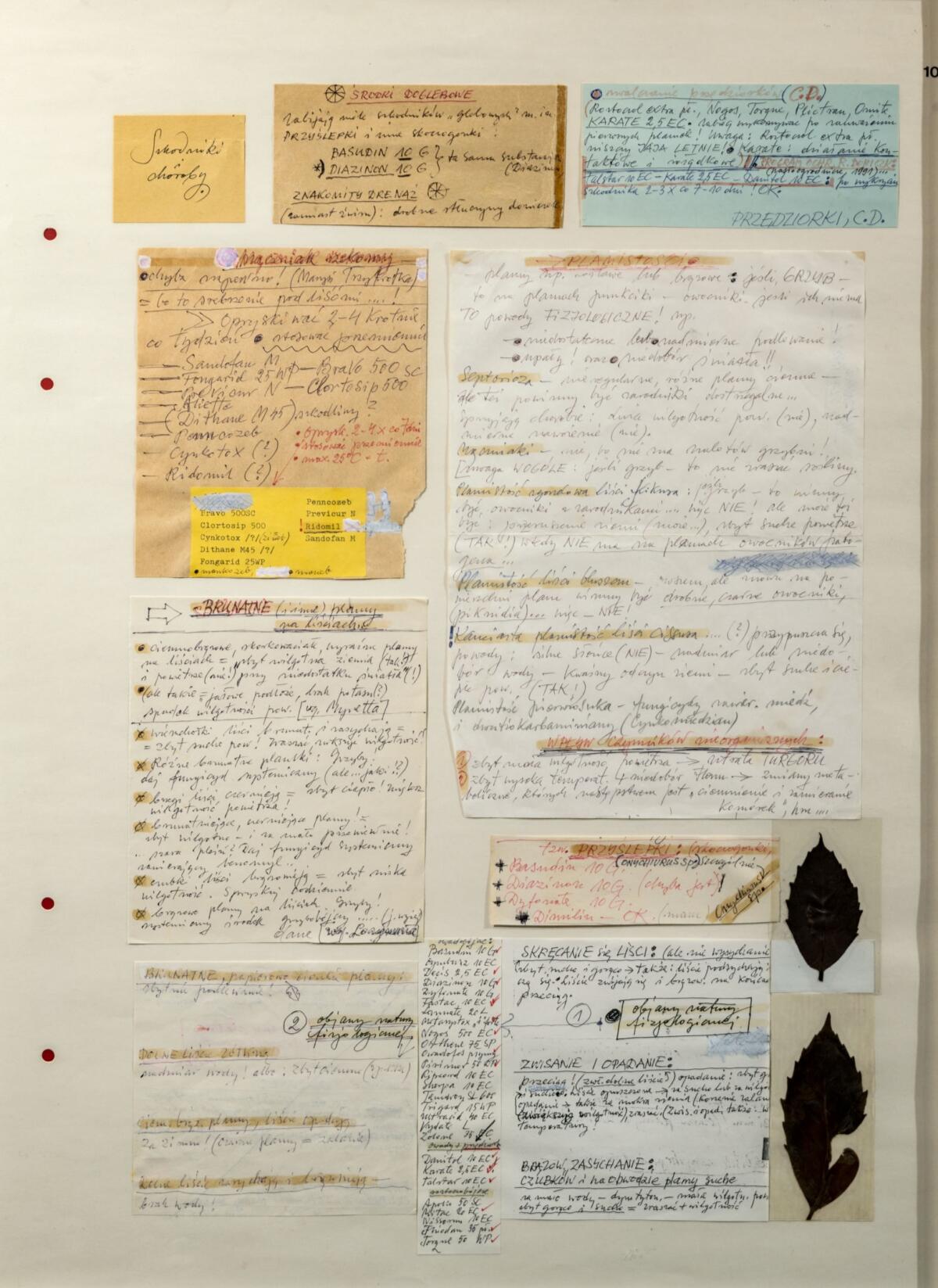
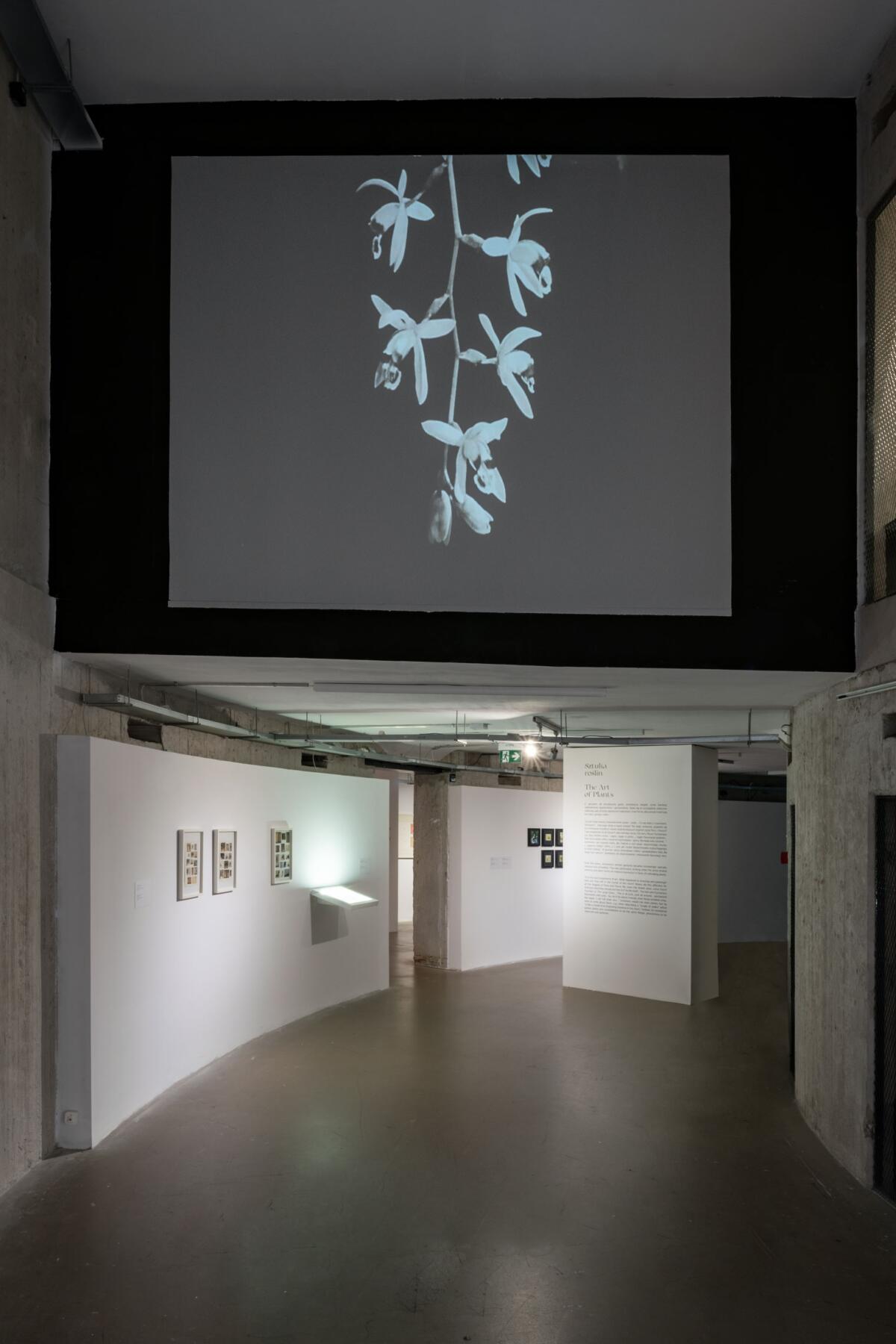
[PL]
Marika Kuźmicz
Rzeczy, które robimy w domu
Zdzisław Jurkiewicz od 1964 r. mieszkał i pracował w niewielkim mieszkaniu przy ul. Łaciarskiej we Wrocławiu i to właśnie ono było figurą łączącą ze sobą poszczególne aspekty twórczości artysty, a nawet czymś więcej: centralnym punktem, w którym przecinały się wszystkie, tak przecież liczne, interesujące go sprawy i wątki. To tam powstały wszystkie prace, które można zobaczyć na wystawie w Muzeum Współczesnym Wrocław: obiekty, obrazy i zdjęcia, ale mowa tu oczywiście o czymś znacznie więcej niż tylko tradycyjnie rozumiana rola i funkcja pracowni artystycznej, nie chodzi także o genius loci. W latach 70. mieszkanie stało się wręcz swoistą kapsułą-laboratorium i ogrodem botanicznym jednocześnie. Jurkiewicz prowadził z okna swojego pokoju obserwacje astronomiczne. W tym samym czasie w swojej kuchni zastawił swoistą pułapkę na słońce i stworzył jej fotograficzny zapis. Tak powstała praca Słońce 1.VII.1972 (1972) – na sekwencji czarno-białych zdjęć widzimy słoneczną tarczę na kuchennej ścianie w otoczeniu zwykłych przedmiotów, naczyń, szczypiorku w słoiku. Jest to zarówno jedna z najważniejszych prac artysty, jak i kluczowa praca na wystawie Zdarzenia, ponieważ świetnie ukazuje to, w jaki sposób w pracach Jurkiewicza dochodziło do spotkania tego co odległe, nieosiągalne, z tym co bliskie, codzienne, zwykłe.
Ta artystyczno-egzystencjalna strategia, którą artysta przyjął ponad 50 lat temu, oparłszy swoją twórczość na mikro- i makroobserwacjach codzienności we wszystkich jej przejawach czynionych w przestrzeni swojego mieszkania, w szczególny sposób rezonuje z globalną sytuacją, w jakiej znaleźliśmy się wszyscy w związku z pandemią, która rozpoczęła się na początku 2020 r. i trwa nadal. Od kilkunastu miesięcy „zostajemy w domu” w myśl popularnego na początku pandemii hasła z mediów społecznościowych. Skończyły się nasze, nie tak dawne, podróże, odbywane z łatwością w ciągu pół doby na inny kontynent, na drugi koniec świata. Horyzont świata niespodziewanie zwęził się i skurczył do widoku z okien naszych mieszkań lub, w lepszych momentach spadku zachorowań, do eksplorowania ogródków działkowych czy podmiejskich ugorów i lasów.
Jurkiewicz co prawda nie postulował zrównania działań artystycznych z codziennymi czynnościami, jakie wykonujemy wszyscy. W jego przypadku transponowanie doznań zmysłowych w przestrzeń sztuki, przekształcanie ich w to „co pomyślane”, było tym właśnie działaniem, które cechowało się pewną „elitarnością” i było zarezerwowane dla artysty. Ale jednocześnie jego postawa łącząca obie sfery życia: prywatność i twórczość, oparta na otwarciu na rzeczywistość i jej uważne kontemplacyjne obserwowanie, oparta na ciekawości i chęci poznania, która może zostać zaspokojona tu i teraz, w każdym miejscu, w którym się znajdujemy, bez konieczności odbywania podróży na inny kontynent bądź na inną planetę, jest z kolei egalitarna i niezwykle aktualna. Dodatkowym aspektem wystawy jest konfrontacja tego kontemplacyjnego wątku w twórczości Jurkiewicza z wybranymi pracami innych artystek i artystów: Lesa Levine’a, Dóry Maurer, Roberta Morrisa, Philippe’a Van Snicka, Miloša Šejna i Margity Titlovej-Ylovsky, które również powstały w oparciu o uważną obserwację codzienności.
Imprint
| Artist | Zdzisław Jurkiewicz and Les Levine, Dóra Maurer, Robert Morris, Philippe Van Snick, Miloš Šejn, Margita Titlová-Ylovsky |
| Exhibition | Zdzisław Jurkiewicz. Occurrences |
| Place / venue | Wrocław Contemporary Museum, Wrocław, Poland |
| Dates | 25 June – 11 October 2021 |
| Curated by | Marika Kuźmicz |
| Photos | Małgorzata Kujda |
| Website | muzeumwspolczesne.pl |
| Index | Dóra Maurer Les Levine Margita Titlová-Ylovsky Marika Kuźmicz Miloš Šejn Muzeum Współczesne Wrocław Philippe Van Snick Robert Morris Wrocław Contemporary Museum Zdzisław Jurkiewicz |

